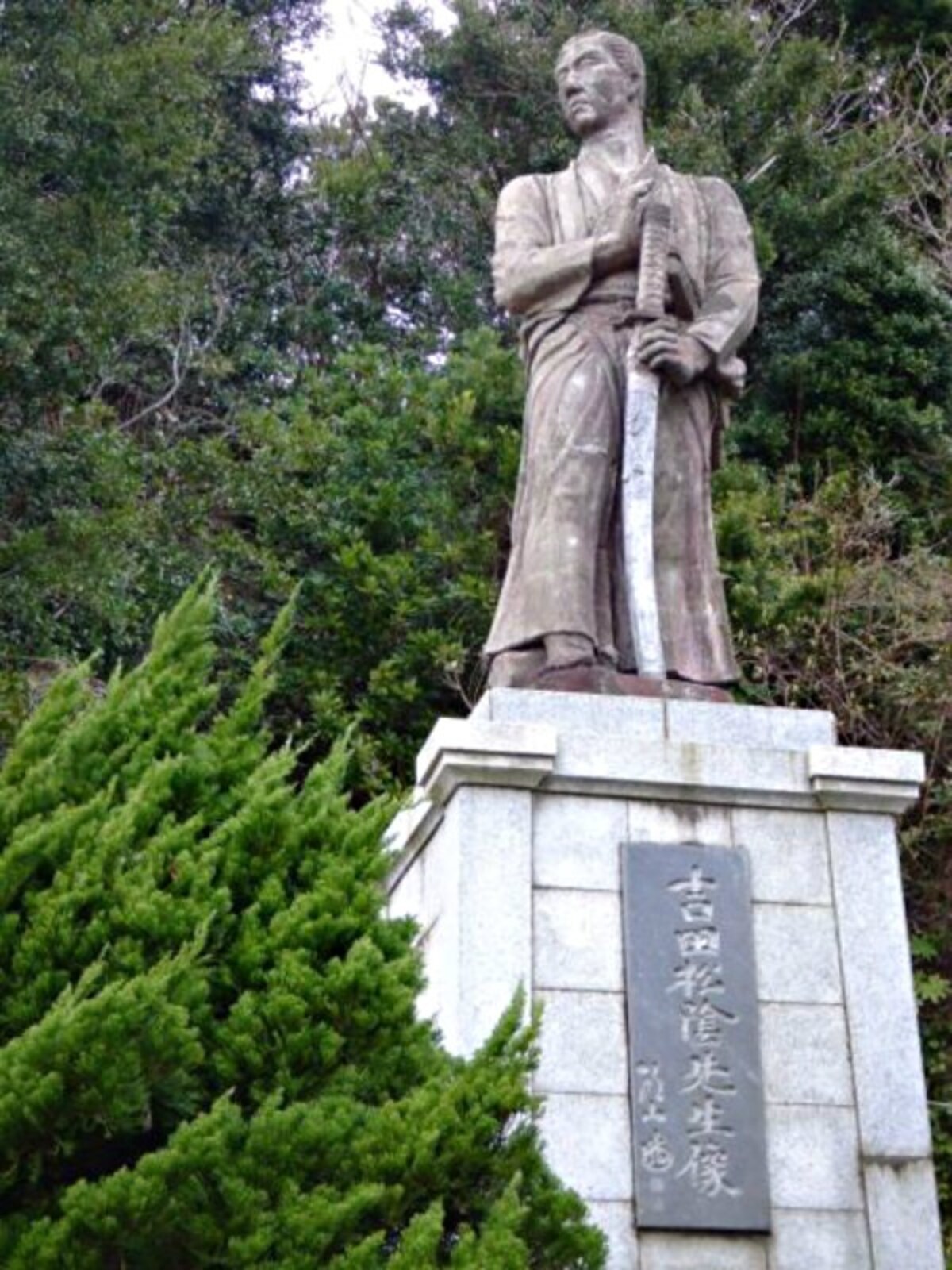Long Lost Samurai Sword Returns to Japan
Born in 1830, Yoshida Shoin was part of Japan’s last generation of samurai. While that distinction carries with it a certain tragic, romantic feel, the truth is that Shoin himself wanted to bring an end to the feudal mode of government in which Japan was ruled by the samurai class.
By SoraNews24
https://ja.wikipedia.org/wiki/%E3%83%95%E3%82%A1%E3%82%A4%E3%83%AB:Yoshida_Shoin2.jpg
Growing up during the centuries-long rule of the Tokugawa Shogunate, Shoin became increasingly dissatisfied with the system of government, especially once the arrival of Commodore Matthew Perry’s American fleet in 1853 showed how far Japan was lagging behind the Western world in scientific and technological development. Spurred by a desire to learn from overseas innovations and use that knowledge to better Japan, Shoin attempted to stow away on one of Perry’s ships for its return voyage to America, but was caught by the authorities.
Below is a statue of Shoin in Shizuoka Prefecture where Commodore Perry's ships arrived.

https://en.wikipedia.org/wiki/File:Yoshida_shoin_statue_shimoda_2007-02-24.jpg
This was a grave offense at the time in Japan, which was still operating under an isolationist system in which the shogun’s subjects were not allowed to leave the country. Shoin was imprisoned, but continued his reformist/revolutionary activities while in captivity, which eventually led to his execution in 1859, at the age of 29. Had he lived just nine more years, he would have seen the abolishment of the shogunate as part of the Meiji Restoration, when not only was the emperor once again made the figurehead of Japanese power, but the first aspects of a modern, legislative government were established in Japan.
米国で発見「吉田松陰の短刀」本物と判定 明治時代、群馬から海渡る https://t.co/vTuPTkdVVp 前橋市は3月28日、米国の個人宅で見つかった短刀が、1876(明治9)年に群馬から米国に運ばれた吉田松陰(1830~1859年)の「短刀」と判定されたと発表した。 …
— museumnews jp (@museumnews_jp) March 29, 2017
As such, history has largely vindicated Shoin, and Japanese society today broadly respects his progressive attitude about governance. But while his historical legacy is secure, the whereabouts of his tanto (a Japanese blade that can be considered either a short sword or dagger, depending on its exact length) was murky for many years, until historians announced on March 28, 2017 that the weapon was found in a surprising place: the home of a private individual in America.
Before Shoin was executed, he willed his tanto to his younger sister, Hisa. Hisa would eventually marry Hotohiko Katori, the first person to hold the office of governor of Gunma Prefecture following the Meiji Restoration.
Rather than keep the tanto for herself, Hisa later decided to pass it along to Ryoichiro Arai, a Gunma-born silk merchant. With the shogun’s ban on overseas travel now lifted, Arai planned to travel to America to help set up trade contacts for Japanese silk exporting, and Hisa felt that since it had always been her brother’s dream to travel to foreign lands, his tanto should make the journey with Arai which it did in 1876.
What happened to Shoin’s tanto after that is unclear. However, not long ago, Japanese filmmaker Akira Sakurai, who had directed a film about the life of Katori, was visiting the home of Tim Arai, an American living in Berkeley, California (and presumably a distant relative of Ryoichiro Arai, judging from their shared surname). Tim is the owner of a small collection of Japanese swords, and having heard that the Gunma Prefectural History Museum was looking for Shoin’s tanto, sent photos of three of his to the organization in 2012. None of them turned out to be the one given by Hisa to Ryoichiro Arai, but during Sakurai’s visit Tim showed him a fourth sword, and the inscription on the nakago (hilt core) led the director to think that this might be the one that had belonged to Shoin.
In August of last year, Tim transported the tanto to Gunma Prefecture, and after an exhaustive study of the weapon, scholars say they have confirmed that it is indeed Shoin’s. In celebration of the discovery, a public showing was scheduled for March 31 at Gunma’s Maebashi Bungakukan lecture hall. Presumably, all parties involved will be making extra sure to document where the sword goes after that.
Related Stories:
We try extra-unique souvenir sold by soon-to-be world heritage site — silkworm chocolate!
Starbucks comes to Tottori, local coffee chain’s poster compares it to Perry arriving in Japan
Gunma-chan candy is adorable, probably as sweet as the mascot’s national championship




